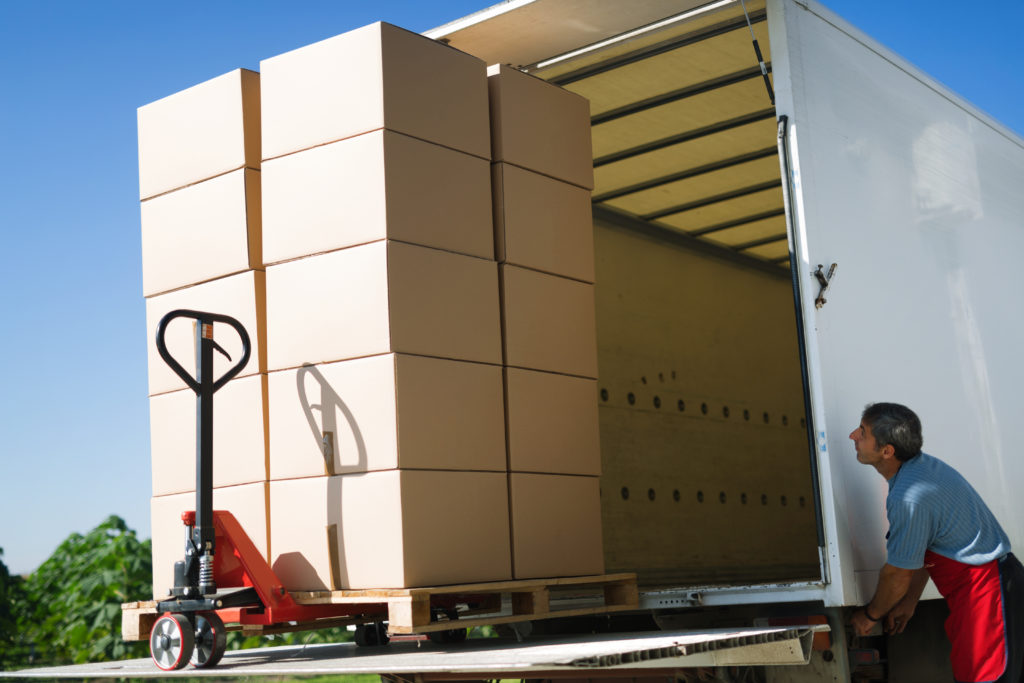- Survey
- Insider Industry Info
- Agriculture
- Arts and Design
- Business Support
- College
- Education and Training
- Entrepreneurship
- Banking and Finance
- Government
- Healthcare
- Holistic Development
- Hospitality and Tourism
- Human Services
- Law, Public Safety, Corrections, and Security Careers
- Manufacturing
- Marketing
- Military Careers
- Sales Career Information
- Technology
- Trades
- Transportation, Distribution, and Logistics
- Blog
- Contact
- Survey
- Insider Industry Info
- Agriculture
- Arts and Design
- Business Support
- College
- Education and Training
- Entrepreneurship
- Banking and Finance
- Government
- Healthcare
- Holistic Development
- Hospitality and Tourism
- Human Services
- Law, Public Safety, Corrections, and Security Careers
- Manufacturing
- Marketing
- Military Careers
- Sales Career Information
- Technology
- Trades
- Transportation, Distribution, and Logistics
- Blog
- Contact
Transportation, Distribution, and Logistics
- Home
- Transportation, Distribution, and Logistics
What is Transportation, Logistics and Distribution?
In the US, Transportation, Logistics, and Distribution is made up of delivery services, travel services, and the logistics that manage transports. Delivery can involve large-scale shipments of goods to businesses or simple local delivery. The United States ships billions of dollars worth of shipments every year using all modes of transportation. In 2015, the US shipped 14,978 billion dollars worth of cargo. In all, transportation represents a huge, growing industry with lots of room for earning good wages, promotion, and flexibility.
Transportation and Logistics Career Information
Transportation and logistics careers need individuals with different skill sets. Jobs like truck driver, railcar brake operator, air traffic controller, or logistics analyst all have a place in making sure the journey moves smoothly. The transportation industry is growing, with the total value of all goods shipped expected to at least double by 2045. The transportation industry also offers a range of salaries. Some entry-entry level positions offer decent salaries to those without degrees. According to the Bureau of Transportation Statistics, the median annual wage for transportation careers was $32,730. Air Traffic Controllers, one of the highest paid positions in this industry, had a median annual wage of $124,540. Transportation also boasts large international corporations that control and organize shipping for air, sea, land, and rail travel. Working for these corporations lead to stable, livable careers, especially as you move up in the same company.


What are the most important things you need to know about Transportation, Logistics, and Distribution?
Transportation and logistics workers need to be safe and reliable. Drivers and operators should have clean records and the appropriate level of licensure to be considered for any operating positions. Any history you have in a related field will be very worthwhile. Things like doing valet, rideshare, etc. may all be helpful in separating you from the competition.
Though each state is responsible for issuing their own licenses, the rules and requirements are fairly standardized. Commercial driving licenses (CDL) class A-C are issued to individuals who intend to drive commercial vehicles such as tractor trucks with trailers. The different classes are dependent upon what size the vehicle is. All states require commercial truck drivers to be over the age of 21. For more information on obtaining a commercial driver’s license, visit US Department of Transportation online.
Working in a warehouse or distribution center for a large corporation may set you up to become a driver or logistics manager later on. With their large infrastructure, shipping and transportation companies have the ability to train and promote their own workers, rather than hiring externally. At UPS, for example, many delivery drivers started out as package handlers and moved up to become drivers.
Warehouse jobs usually involve lots of lifting, sorting, and other physical tasks that can be difficult on the spine. Drivers and operators, like many office personnel, sit for many hours at a time without much exercise. However, unlike office workers, many drivers don’t have as much opportunity to eat healthier, so weight gain and health problems stemming from poor diet can have a very negative effect on the body. If you are driving, eat healthy when you can, get plenty of sleep, and try fitting in exercise between trips.
Hear from a Train Conductor in this video below
Transportation, Distribution, and Logistics Sub-Categories
Long-Distance Transportation
Local Delivery
Ridesharing
Maritime
Aviation

